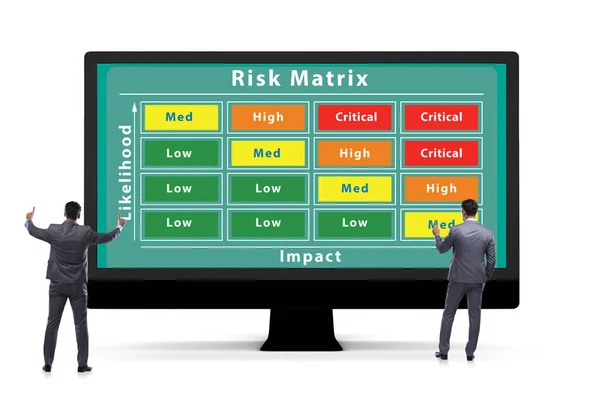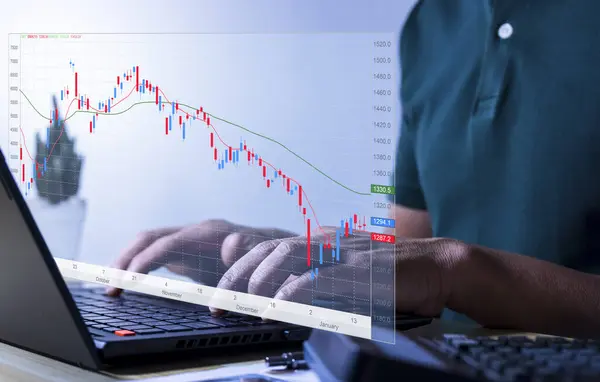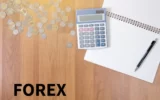The world of foreign exchange, or Forex, is one that is fast-paced and complex. For those looking to diversify their investment portfolios and potentially realize significant returns, Forex futures offer an interesting option. However, exploring Forex futures trading requires a solid understanding of the Forex market, a well-crafted strategy, and a keen understanding of the risks involved. In this article, we delve into the exciting world of Forex futures, discussing the basics, the strategies, the risks, and some success stories, before rounding off with a glimpse into advanced techniques for those ready to take their trading to the next level.
Understanding the Basics of Forex Futures

Forex futures are contracts that specify the price at which a specific currency pair will be bought or sold on a predetermined future date. Unlike the spot Forex market, where currencies are traded immediately, Forex futures operate on a schedule. The key elements of a Forex futures contract are the size (the amount of currency), the price (also known as the exchange rate), and the settlement date.
Traded on exchanges such as the Chicago Mercantile Exchange (CME), Forex futures contracts are standardized, legal agreements. They can be traded by both institutional and individual investors, and form an important hedge against currency risk for multinational corporations and banks. The appreciation or depreciation of the contract’s value is dependent on the movements of the currency pair involved.
The price of a Forex futures contract is determined by the current exchange rate of the currency pair and the interest rate differential between the two currencies. For instance, if the interest rate of the currency you are selling is higher than the currency you are buying, the futures price will be less than the spot price.
In contrast to the spot market, the futures market is less liquid and more volatile. This is due to the longer time frame involved, and the fact that prices are set in the future rather than immediately.
Finally, it’s important to note that Forex futures are zero-sum games. For every contract that makes a profit, another one incurs a loss. Thus, success in Forex futures trading requires careful planning and a sound strategy.
Developing Effective Strategy for Forex Futures Trading

Successful Forex futures trading is a result of careful planning, in-depth analysis, and a well-planned strategy. Here are some steps to developing an effective Forex futures trading strategy:
- Understand the market: An understanding of the economic factors that affect currency exchange rates is vital. These include inflation rates, interest rates, political stability, and economic performance of the respective countries.
- Develop a trading plan: This should detail your objectives, risk tolerance, and specific criteria for entering and exiting trades. Having a clear plan helps to eliminate impulsive decision-making.
- Use technical analysis: This involves studying currency trends and patterns using charts and indicators. This can help predict future price movements and identify trading opportunities.
- Test your strategy: Use a demo account to test your strategy before implementing it in the real market. This gives you a chance to refine your strategy without risking real money.
- Stay informed: Keep up-to-date with news and events that may affect currency rates. This includes economic announcements, political events, and market trends.
- Regularly review and adjust: Constantly review your strategy and make adjustments as needed. The Forex market is dynamic and ever-changing, so it’s important to ensure your strategy remains effective.
Risks Associated with Trading Forex Futures

While Forex futures trading can be profitable, it is not without risks. Some of the key risks associated with Forex futures trading include:
- Market risk: This is the risk that the market will move against your position, resulting in a loss. Given the volatility of the Forex market, this risk is particularly significant.
- Leverage risk: Forex futures trading typically involves the use of leverage, which can amplify both gains and losses. High leverage can lead to substantial losses, potentially exceeding your initial investment.
- Liquidity risk: While less of an issue than in the spot market, liquidity risk can still be a concern in the futures market, especially for less commonly traded currency pairs. Reduced liquidity can result in increased spreads and potential difficulties exiting positions.
- Interest rate risk: The differential in interest rates between the two currencies in a pair can affect the price of a futures contract. Changes in interest rates can therefore result in unexpected losses.
- Legal and regulatory risk: Changes in laws or regulations can impact the Forex futures market. This can be particularly relevant for traders dealing in currencies of countries with unstable political or economic situations.
To mitigate these risks, traders need to have a solid risk management plan in place.
Managing Risk in the Volatile Forex Futures Market

Effective risk management is crucial to successful Forex futures trading. Here are some strategies to help manage risk in this volatile market:
- Use stop-loss orders: Stop-loss orders can limit your losses by automatically closing your position if the market moves significantly against you.
- Limit leverage: While leverage can magnify profits, it can also amplify losses. It’s important to use leverage wisely and be aware of the risks involved.
- Diversify your portfolio: By trading a variety of currency pairs, you can spread your risk and potentially reduce losses.
- Stay informed: Keep up-to-date with market trends, news, and events that may affect currency rates. This can help you anticipate market movements and adjust your strategy accordingly.
- Regularly review your strategy: Constantly review and adjust your trading strategy to ensure it remains effective in the current market conditions.
Case Studies: Successful Forex Futures Strategies

Success in Forex futures trading often comes from the careful application of effective strategies. Here are some case studies of successful Forex futures strategies:
- Trend following: This strategy involves identifying a trend in the market and then trading in the direction of that trend. One successful example involved a trader who used this strategy to ride the long-term upward trend of the USD/JPY pair, resulting in significant profits.
- Swing trading: This strategy involves trading on short-term price swings. In one case, a trader successfully used this strategy to capitalize on the volatility of the EUR/USD pair, buying low and selling high.
- Carry trade: This strategy involves borrowing in a low-interest-rate currency and investing in a high-interest-rate currency. A trader used this strategy successfully with the AUD/JPY pair, profiting from the interest rate differential.
Moving Forward: Advanced Techniques for Forex Futures Trading

For those looking to take their Forex futures trading to the next level, there are several advanced techniques that can be employed:
- Hedging: This involves taking positions in the market to offset potential losses from other investments. For instance, an exporter worried about a potential fall in the value of the USD could short USD futures to hedge their risk.
- Scalping: This is a high-frequency trading strategy, where traders aim to make profits from small price changes. Successful scalping requires a good understanding of market trends and a quick reaction time.
- Algorithmic trading: This involves using computer programs to execute trades based on predefined criteria. This can allow for more efficient trading, but requires a solid understanding of both the market and programming.
- Options trading: Forex options are a form of derivative that gives the buyer the right, but not the obligation, to buy or sell a currency pair at a specified price before a certain date. Options trading can be used to hedge against potential losses or to speculate on market movements.
In conclusion, Forex futures trading offers an exciting and potentially profitable opportunity for those willing to take the time to understand the market, develop effective strategies, and manage their risk. However, it’s important to remember that Forex futures trading involves significant risk and isn’t suitable for everyone. Always seek professional advice before diving into this volatile market.
The world of Forex futures is a complex yet rewarding realm for those who take the time to truly understand it. It offers an avenue for diversification, potential for significant returns, and a chance to engage in a dynamic, global market. However, the risks are substantial, and success requires a solid strategy, rigorous risk management, and continuous learning. Armed with the right knowledge and tools, the dedicated trader can navigate the turbulent waves of Forex futures, turning volatility into opportunity. As always, tread wisely, trade responsibly, and may the market forces be with you!






Muy interesante artículo sobre Forex futures. Me ha ayudado a entender mejor cómo funciona este mercado y las estrategias que se pueden usar. ¡Gracias!